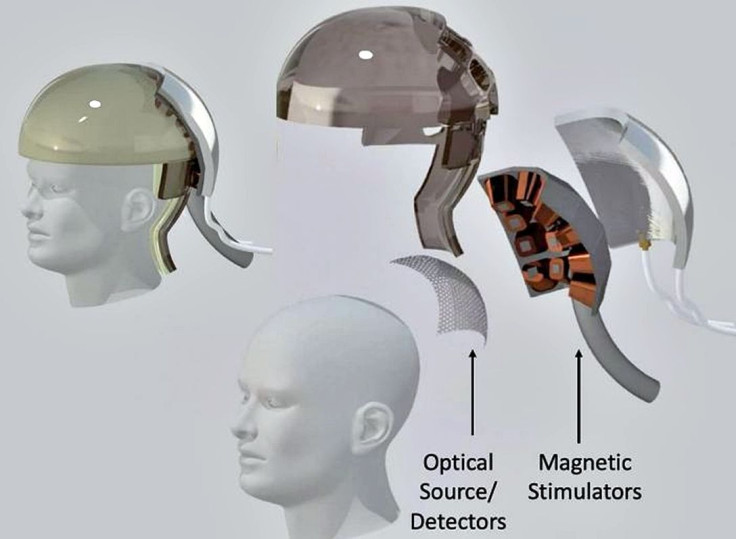New Tech Could Allow Blind People To See Through The Eyes Of Others

A team of researchers from Rice University in Houston, Texas is developing technologies that might allow a blind person to see the world through the eyes of a sighted person.
This fantastic project will involve sharing visual images between two brains. It will read the vision of a sighted person and transfer the images this person sees into the brain of a blind person "telepathically" in less than 1/20th of a second.
A team of neuroengineers has begun working on a headset or a helmet that directly links the human brain to machines without the need for surgery. This headset and the technologies that power it will enable this telepathic visual sharing.
It works by using both light and magnetic fields to interact with specially-reprogrammed neurons in the brain of the wearer. The research team plans to transmit visual images perceived by one individual into the minds of blind patients as proof of concept.
This ambitious, four-year long effort is called the Magnetic, Optical and Acoustic Neural Access (MOANA) project. It’s being supported by $18 million in funding from the U.S. Defense Advanced Research Projects Agency (DARPA).
DARPA is interested in the project because of its Next-Generation Nonsurgical Neurotechnology (N3) program aiming to develop two-way interfaces that can transmit data between the human brain and machines.
Sharing visual images between two brains sounds fantastic, but Jacob Robinson, the lead investigator, said a number of recent technological breakthroughs make the idea feasible.
"We have to decode neural activity in one person's visual cortex and recreate it in another person's mind in less than one-twentieth of a second,” said Robinson. “The technology to do that, without surgery, doesn't yet exist. That's what we'll be creating."
Since surgery to implant a device into the human brain can’t be used, the Rice team plans to use a combination of light, ultrasound or electromagnetic energy to read and write brain activity. MOANA will test techniques that employ all three.
Robinson said MOANA's decoding and encoding technologies will each employ viral vector gene delivery, a technology that's in clinical trial for treating macular degeneration, some cancers and neurological conditions.
To "read" neural activity, the Rice MOANA team will reprogram neurons to make synthetic proteins called "calcium-dependent indicators" designed to absorb light when a neuron is active or firing.
"Our aim is to capture and interpret the information contained in photons that pass through the skull twice, first on their way to the visual cortex and again after they are reflected back to the detector," said co-investigator Ashok Veeraraghavan.
The MOANA team includes 15 co-investigators from Rice, Baylor College of Medicine, the Jan and Dan Duncan Neurological Research Institute at Texas Children's Hospital, Duke University, Columbia University and Yale's John B. Pierce Laboratory.




























